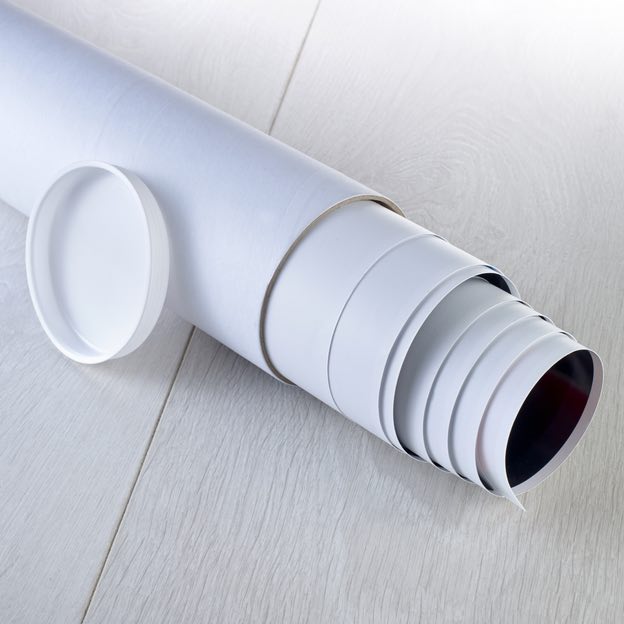Sizing information
| Overall size (inc frame) | x cm ( x in) |
| Depth | cm (in) |
| Artwork | x cm ( x in) |
| Border (mount) |
cm
top/bottom
(in)
cm left/right (in) |
| The paper size of our wall art shipped from the US is sized to the nearest inch. | |

Our prints
We use a 200gsm fine art paper and premium branded inks to create the perfect reproduction.
Our expertise and use of high-quality materials means that our print colours are independently verified to last between 100 and 200 years.
Read more about our fine art prints.
Manufactured in the UK, the US and the EU
All products are created to order in our print factories around the globe, and we are the trusted printing partner of many high profile and respected art galleries and museums.
We are proud to have produced over 1 million prints for hundreds of thousands of customers.
Delivery & returns
We print everything to order so delivery times may vary but all unframed prints are despatched within 1–3 days.
Delivery to the UK, EU & US is free when you spend £75. Otherwise, delivery to the UK costs £5 for an unframed print of any size.
We will happily replace your order if everything isn’t 100% perfect.
Product images of Method of observing the Sun at the Royal Observatory, Greenwich



Product details Method of observing the Sun at the Royal Observatory, Greenwich
Method of observing the Sun at the Royal Observatory, Greenwich
Interior view of a darkened chamber at the old Royal Observatory building, with a refracting telescope projecting an image of the Sun. The observatory was completed in 1676: in that year there were both solar eclipses and a transit of Mercury. Plate 3 (left half detail) from Ichnographia speculae Regiae Grenovici exquisite facta (London, 1676) a series of engravings commissioned by Sir Jonas Moore, the leading force in the construction and equipping of the original Royal Greenwich Observatory. The plate bears the inscription: 'Domus Obscurata ad Maculas, Eclipsesque Solares Excipiendas, peropportuna '. Sir Jonas Moore (1617-1679) mathematician and patron of astronomy was elected a Fellow of the Royal Society in 1674.
Original: etching. 1676
- Image ref: RS-10251
- The Royal Society
Find related images
 zoom
zoom














!['Trochilidae' [humming birds] by Adolf Giltsch](https://previews.magnoliabox.com/royalsociety/flat/rs-9859/GLOBAL-CFPM-16X20_black_500.jpg)


